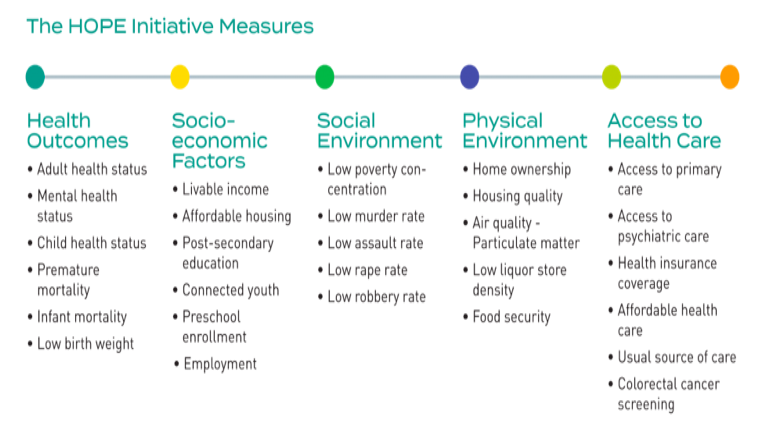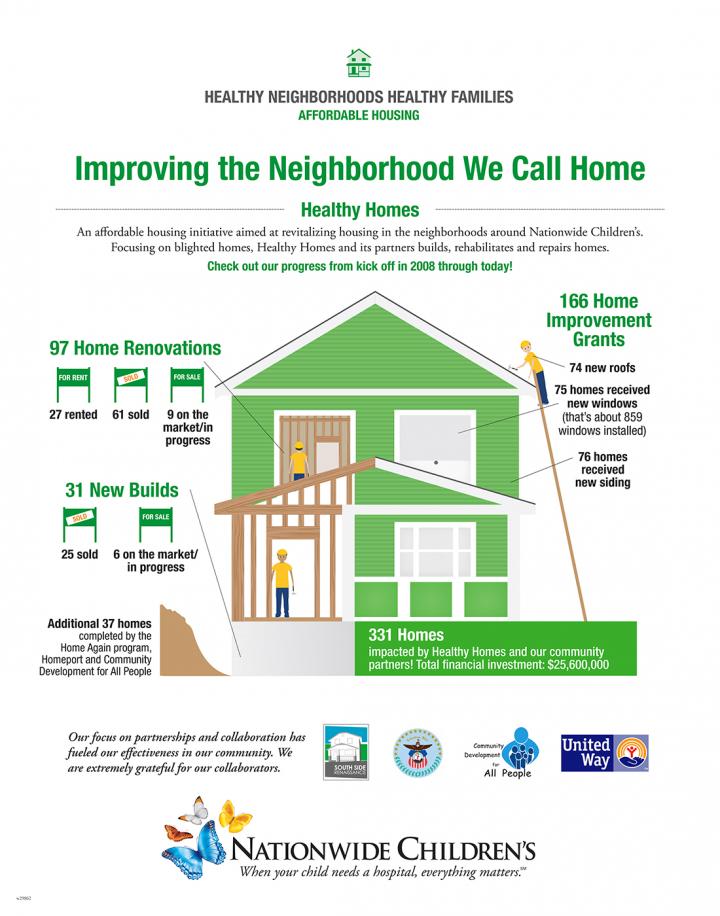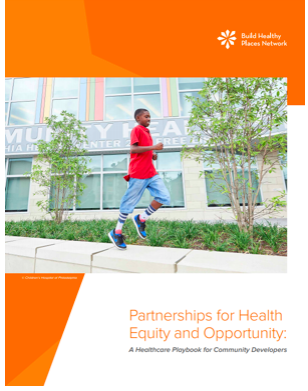"Data-driven public health policy has long been at the center of the Kansas City health department’s equity work, which began, in earnest, nearly two decades ago after data revealed a more than six-year life expectancy gap between the city’s black and white residents, with about half of the city’s annual deaths attributable to factors such as poverty, segregation, violence and lack of education. The data pushed the agency to begin the process of shifting its focus from health disparities to health inequities, with an eye toward remedying the conditions that confer greater health opportunity to certain populations over others.
After years of work, health equity values are part of everyday practice at the health department, with many of its equity wins driven by a mix of policy, partnership, data and community engagement. Just recently, for example, the health department successfully persuaded the city to adopt an official five-year business development plan that includes a strategic objective to increase overall life expectancy and reduce health inequities, with a goal of incentivizing development in neighborhoods in need of services and jobs..."
First in a series on health equity, which ties into the theme of APHA's 2018 Annual Meeting and Expo: "Creating the Healthiest Nation: Health Equity Now." This piece appears in the July edition of The Nation's Health.
Kim Krisberg | July 2018
Read More








